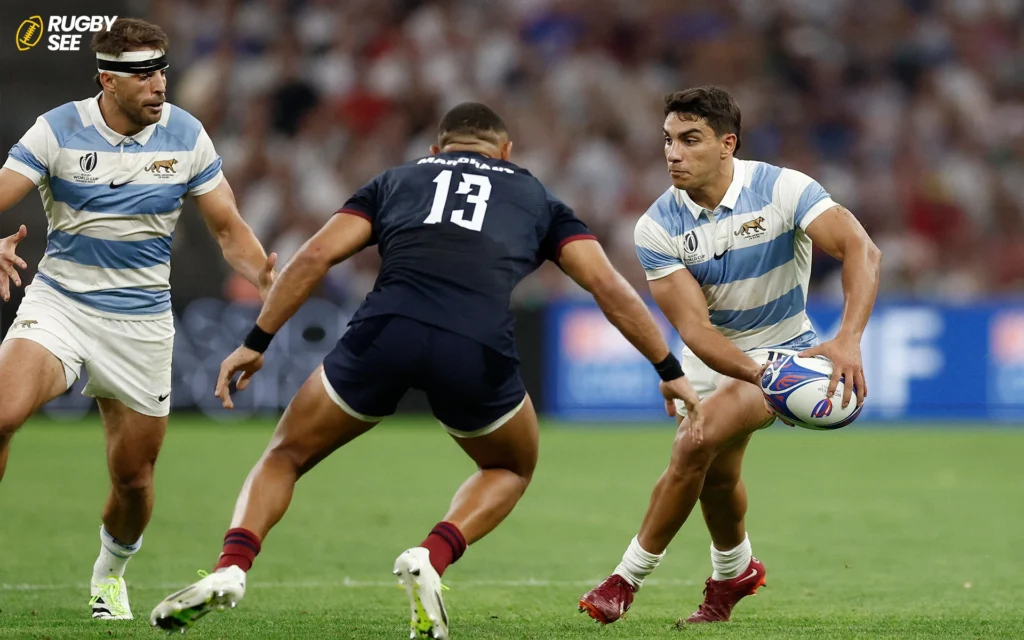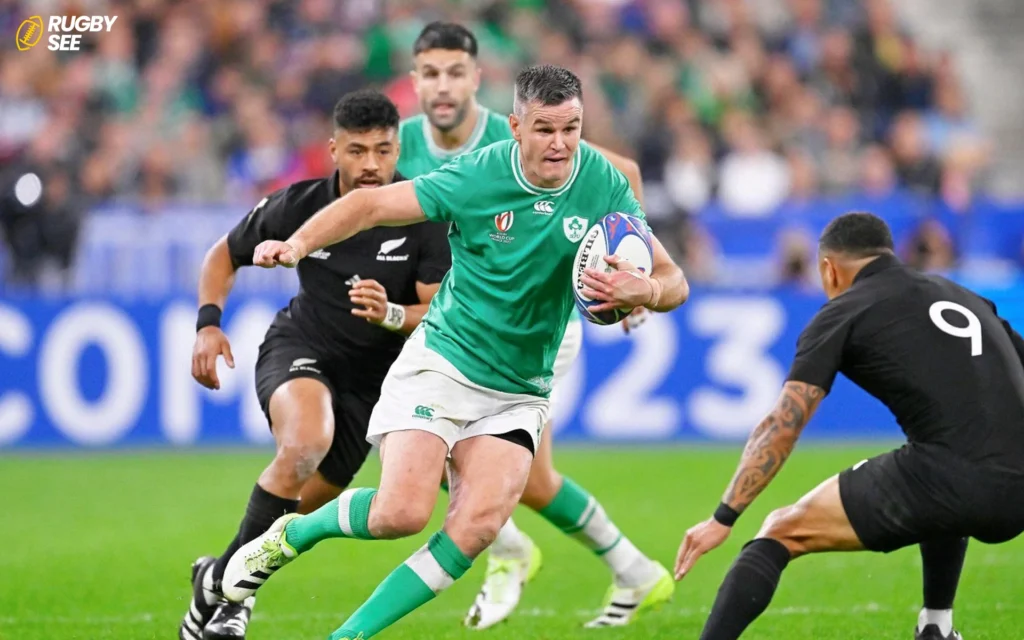There are many myths and misconceptions when it comes to the height of athletes. One such myth is that rugby players are short, a belief that may stem from the different body types on the rugby field compared to other sports. However, is this claim true? This article from Rugbysee explores the truth behind the height of rugby players and sheds light on what really contributes to the success of a rugby athlete.
The Myth of Short Rugby Players
The notion that rugby players are generally short can be misleading. Rugby, unlike some other sports, values a wide range of physical attributes depending on the position played. Forwards, for example, might benefit from a more robust and compact build, which could be where the misconception originates. However, even within the forwards, height can be an advantageous attribute for lineouts and reaching over opponents.
Analyzing the Facts
To understand whether rugby players are short, it’s essential to look at the data. The average height of professional rugby players varies significantly by position. Locks, who are primarily responsible for winning lineouts, often stand well over 6 feet tall, with many towering around 6 feet 5 inches or more. On the other hand, scrum-halves, who need agility and speed, might be shorter, with average heights closer to 5 feet 9 inches.

Comparisons with Other Sports
When comparing rugby to other sports, it’s clear that rugby players are not uniquely short. For instance, soccer players, particularly in positions like midfield, may have similar height averages to rugby’s scrum-halves. In basketball, the average height is significantly higher, given the nature of the sport, but this is an exception rather than a rule across all sports.
The Diversity of Rugby
What truly sets rugby apart is not the height of its players but the inclusivity of body types. Rugby positions require a range of skills and physical characteristics, from the speedy and agile wingers to the powerful and tall locks. This diversity means that there’s a place for athletes of almost every size and shape in rugby, a fact that underscores the sport’s unique appeal and if you want to know that where Rugby came from read Unraveling the Roots: Did Rugby Come from Soccer.
The Role of Fitness and Skill
More important than height in rugby is the combination of fitness, skill, and tactical awareness. Rugby players, regardless of their height, must have exceptional endurance, strength, and the ability to make quick decisions under pressure. These attributes, combined with technical skills like passing, tackling, and strategic play, are what truly make a rugby player successful.
Debunking the Myth
So, are rugby players short? The evidence suggests otherwise. While there are positions where being shorter may be more common, rugby as a sport celebrates and utilizes the strengths of players of all heights. The key to rugby’s athleticism lies not in a uniform physical standard but in the diverse and complementary skills that players bring to the team.
Physical Training and Adaptability in Rugby
An essential aspect of rugby that often goes unnoticed is the rigorous physical training and adaptability required by players. Rugby players, regardless of their height, undergo extensive strength, endurance, and agility training. This comprehensive approach to fitness ensures that players can handle the physical demands of the game, from enduring tackles to sprinting across the field. It highlights the fact that success in rugby is not solely dependent on physical attributes like height but on a player’s ability to adapt and excel in their roles.

Tactical Knowledge and Team Dynamics
Beyond physical attributes and training, tactical knowledge plays a crucial role in a rugby player’s success. Understanding game strategies, opponent tendencies, and the ability to read the game are invaluable. This tactical acumen, combined with effective team dynamics, often outweighs the benefits of physical characteristics such as height. Rugby is a sport where mental agility and teamwork are just as important as physical prowess and if you want to know about deadlift in Rugby read Should rugby team players deadlift.
Highlighting Exceptional Players of Varying Heights
The rugby world is filled with examples of exceptional players who defy the stereotype of being short or tall for their positions. Players like Jonny Wilkinson and Dan Carter, who may not tower over others, have made significant impacts on the field with their skill levels and leadership qualities. Conversely, players like Martin Johnson and Brodie Retallick, who stand tall, use their height to their advantage without letting it define their entire game. These examples demonstrate that excellence in rugby is achieved through a combination of physical, mental, and technical abilities, rather than height alone.
The Importance of Inclusivity and Diversity
Rugby’s inclusivity extends beyond the field, promoting a culture that values diversity in all forms. This ethos is part of what makes rugby so special and accessible to a wide audience. The sport teaches that success comes from leveraging the unique strengths and attributes of each player, fostering an environment where everyone, regardless of height or size, can find their place and thrive.

Educating the Public and Inspiring Future Athletes
Dispelling myths about physical requirements in sports is crucial for inspiring future generations. By highlighting the diversity and inclusivity of rugby, we can encourage more people to take up the sport, knowing that they too can find a place where their unique attributes are valued. This education can help broaden the sport’s appeal and ensure that it remains vibrant and diverse for years to come.
The myth that rugby players are short is just that—a myth. Rugby is a sport that values diversity in physicality, with each position requiring a unique set of attributes. Height, while advantageous in certain roles, is just one of many factors that contribute to a player’s effectiveness on the field. Ultimately, it’s the skill, determination, and teamwork of the players that define their success, not their stature.
As we celebrate the world of rugby, let’s remember that the sport’s true beauty lies in its inclusivity and the way it embraces athletes of all shapes and sizes. Whether tall or short, every player has a role to play and a chance to shine on the rugby field.










